Hi Everyone!
Well, this will officially be my first blog and the launching of a project of mine. My goal is to research 1000 different and interesting wildlife facts. I will be presenting one every week-day. Even though it is a weekend, I figure I will present my very first interesting factoid today, but first lets give all of you a little bit of information about me. My name is Nathan and I have a Bachelor of Science degree with a specialization in Wildlife and Habitat Ecology. I currently work as a Senior Habitat Biologist for the Canadian Government. I wanted to start this blog since I have always been intrigued by the different behaviours of various species of wildlife. I figure this project will allow me the opportunity to explore this passion of mine and perhaps educate some people along the way. I hope everyone is able to appreciate the evolutionary advances of a variety of animal species that not only help them survive but flourish. All right, enough of the formal introduction, lets get onto the interesting stuff.
Wild Fact # 1000
Ants – Formic Acid
 Throughout my studies I have always enjoyed learning about the some of the smaller animals in the world that people may find disgusting. Of course, I am talking about none other than insects. So I shall start the blog with an interesting fact about Ants! Numerous species of ants are able to produce a chemical called formic acid (often used as a preservative) for a variety of purposes. Research has shown that they will mostly use this chemical to defend against predators by spraying it from specialized glands. Ants have also been known to utilize this specialized secretion in capturing their prey. All they need to do is make a small cut on its food and spray the formic acid rendering its prey defenseless. Ants may also use this secretion to help mimic the fabled Hansel and Gretel. Ever wonder how an ant can travel so far from home and find it’s way back?? Well, part of that answer lies within this special secretion. Much like leaving breadcrumbs they follow the trail of formic acid back to their ant hill and they don’t need to worry about birds eating their “breadcrumbs”. If you are interested in reading another interesting paper on the ant’s use of formic acid then check out this link:
Throughout my studies I have always enjoyed learning about the some of the smaller animals in the world that people may find disgusting. Of course, I am talking about none other than insects. So I shall start the blog with an interesting fact about Ants! Numerous species of ants are able to produce a chemical called formic acid (often used as a preservative) for a variety of purposes. Research has shown that they will mostly use this chemical to defend against predators by spraying it from specialized glands. Ants have also been known to utilize this specialized secretion in capturing their prey. All they need to do is make a small cut on its food and spray the formic acid rendering its prey defenseless. Ants may also use this secretion to help mimic the fabled Hansel and Gretel. Ever wonder how an ant can travel so far from home and find it’s way back?? Well, part of that answer lies within this special secretion. Much like leaving breadcrumbs they follow the trail of formic acid back to their ant hill and they don’t need to worry about birds eating their “breadcrumbs”. If you are interested in reading another interesting paper on the ant’s use of formic acid then check out this link:
http://news.nationalgeographic.com/news/2005/09/0921_050921_amazon_ant.html
Well, there is Wild Fact #1000 and I am sure they will only get more bizarre and intriguing as I conduct more research.
I hope you enjoyed the first post and make sure to check back for Monday’s Wild Fact.

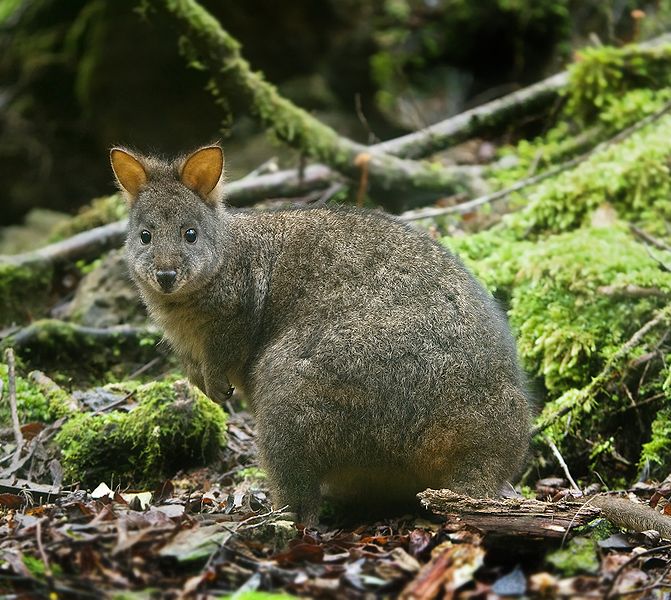
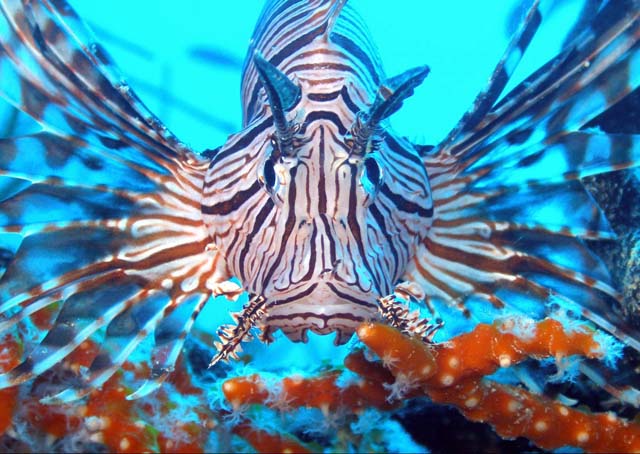
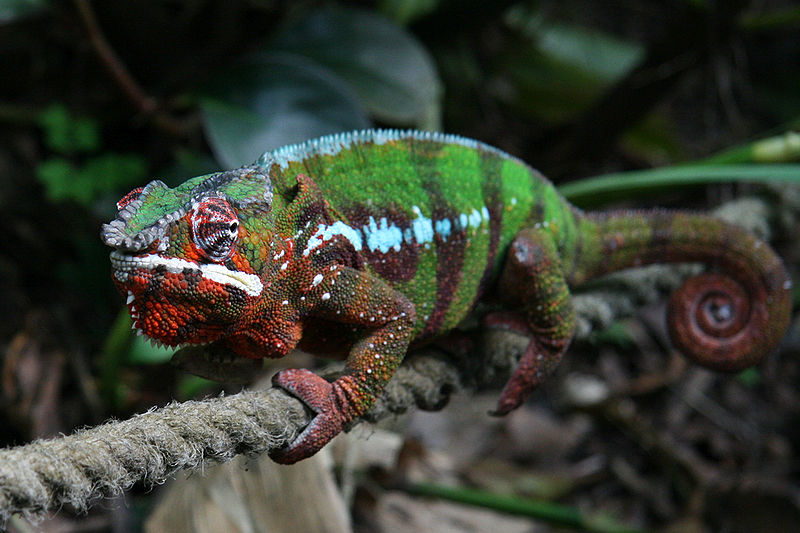
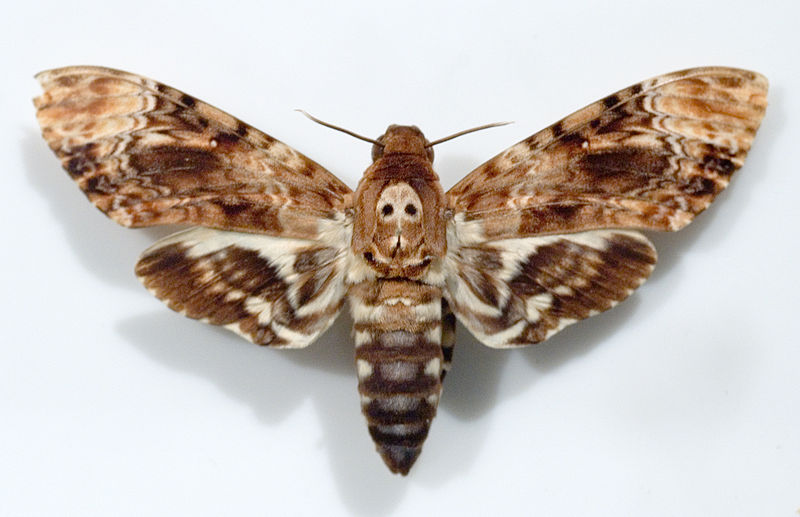
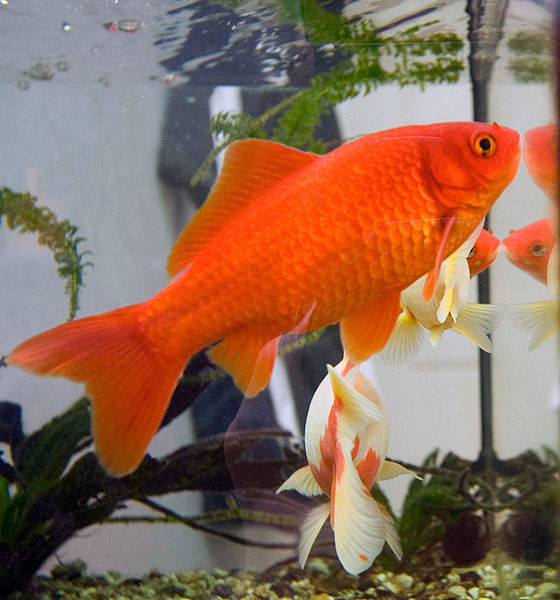
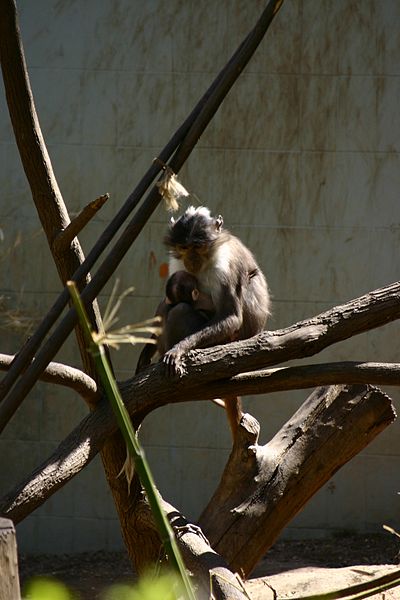
Great Nathan,I look forward to reading your blogs everyday. Thanks for all the cool facts
Gary from socal.
Thanks for the nice words. This is something I am enjoying and I will continue to update on a regular basis.
Quite interesting Nathan! I like your bits of humour you add in every once in awhile. Keep it up I'm learning something new everyday!
Candy
What a nice idea Nathan, something for both adults and children to enjoy – keep the wild facts coming!
Linda
Thanks for all the nice comments! I will definitely try to keep up the humour as I don't want anyone getting bored.
Please don't be shy to offer any suggestions that might make this work in progress better.
Thanks for reading!
Nathan
I look forward to reading your articles Nathan; they are very interesting & informative with just the right amount of hunour.
Linda